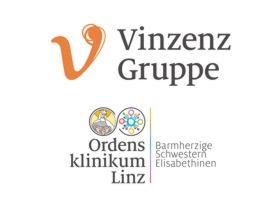Factors Affecting Identification Rate and Positivity of the Sentinel Node in Breast Cancer in 1567 Patients, Using Blue Dye and 99 mTc‐Labelled Colloid, Based on a Multicentre Database Project in AustriaTools Pichler-Gebhard, B, Konstantiniuk, P, Tausch, C, Joerg, L, Haid, A, Schrenk, P, Peters-Engl, C und Roka, S (2002) Factors Affecting Identification Rate and Positivity of the Sentinel Node in Breast Cancer in 1567 Patients, Using Blue Dye and 99 mTc‐Labelled Colloid, Based on a Multicentre Database Project in Austria. European Surgery, 34 (5). pp. 272-276. 2002 Eur Surg Pichler-Gebhard et al.pdf Restricted to Nur registrierte Benutzer Download (633kB) KurzfassungSummary: Background: In several studies sentinel node biopsy has been determined to be a predictive indicator of the axillary nodal status in patients with breast cancer. Although the acceptance of this procedure is growing worldwide, no consensus has yet been reached on the methodology. The aim of this analysis was to evaluate a nationwide standardized central database as an instrument of quality control for sentinel node biopsy in patients with breast cancer and to elucidate factors associated with identification rate, positivity of the sentinel node and the axillary specimen in a prospective nationwide multicentre program.
Methods: Since 1996, patient data from nine departments in Austria have been collected. Both blue dye and 99 mTc‐labelled colloid were used, either alone or in combination. Identification methods varied but had to be consistent within one department. Inclusion criteria and pathological examination of the sentinel node corresponded with national guidelines. Collected data also included the learning period of every centre. Data were coded and transferred to a central database per e‐mail
Results: Data on 1567 patients were eligible. Identification rate was 87.3 %. Multivariate analysis showed age, tumour size, learning period and the department to be significant factors in identification, whereas large tumour size, histological type and palpability of the tumour were significant for a histologically positive sentinel node.
Conclusions: Sentinel node biopsy is an accurate and feasible staging method for axillary nodal status if it is performed in a standardized setting. A central database is helpful in gaining nationwide optimal quality control.
Actions (login required) |
||||||||||||||
|


 Tools
Tools Tools
Tools